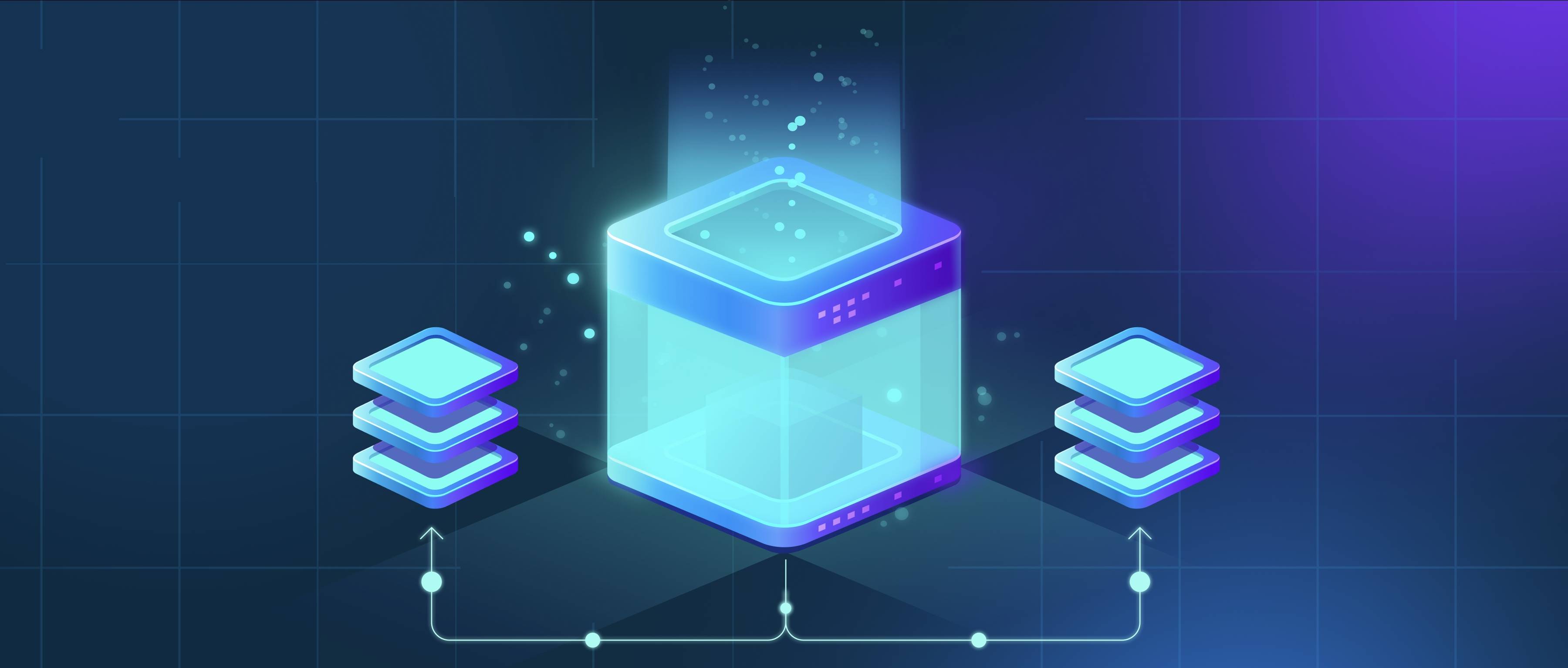Error handling during the extraction phase focuses on detecting, managing, and recovering from issues that occur while retrieving data from sources like APIs, databases, or files. The goal is to ensure the process is resilient to transient failures (e.g., network issues) and structural problems (e.g., invalid data formats). Common strategies include retry mechanisms, data validation, logging, and graceful degradation. For example, if an API call fails due to a temporary network error, a retry with exponential backoff might resolve it. If data from a CSV file has unexpected columns, validation checks can flag the issue for review. These steps prevent extraction failures from cascading into downstream processes like transformation or loading.
Developers implement error handling by first identifying potential failure points. For APIs, this includes checking HTTP status codes (e.g., 404 for missing resources) or handling rate limits. For databases, connection timeouts or query syntax errors are common. Code might use try-catch blocks to capture exceptions, log detailed error messages (e.g., timestamp, source, error type), and decide whether to retry, skip, or halt the process. Tools like Python’s requests library with retry modules or pandas for data validation can automate parts of this. For instance, a script extracting JSON data might validate schema compliance using a library like jsonschema before proceeding, ensuring malformed data doesn’t disrupt pipelines.
Monitoring and alerting are critical for maintaining reliability. Logging errors with context (e.g., failed query, error message) helps teams diagnose issues. Tools like Prometheus or custom dashboards track metrics such as extraction success rates or latency. Alerts notify developers of persistent failures, like repeated authentication errors, which may require manual intervention. Additionally, idempotent design ensures retries don’t duplicate data. For example, if an extraction job resumes after a crash, it might checkpoint progress or use unique identifiers to avoid reprocessing the same data. Combining these techniques creates a robust extraction process that minimizes downtime and data corruption.
